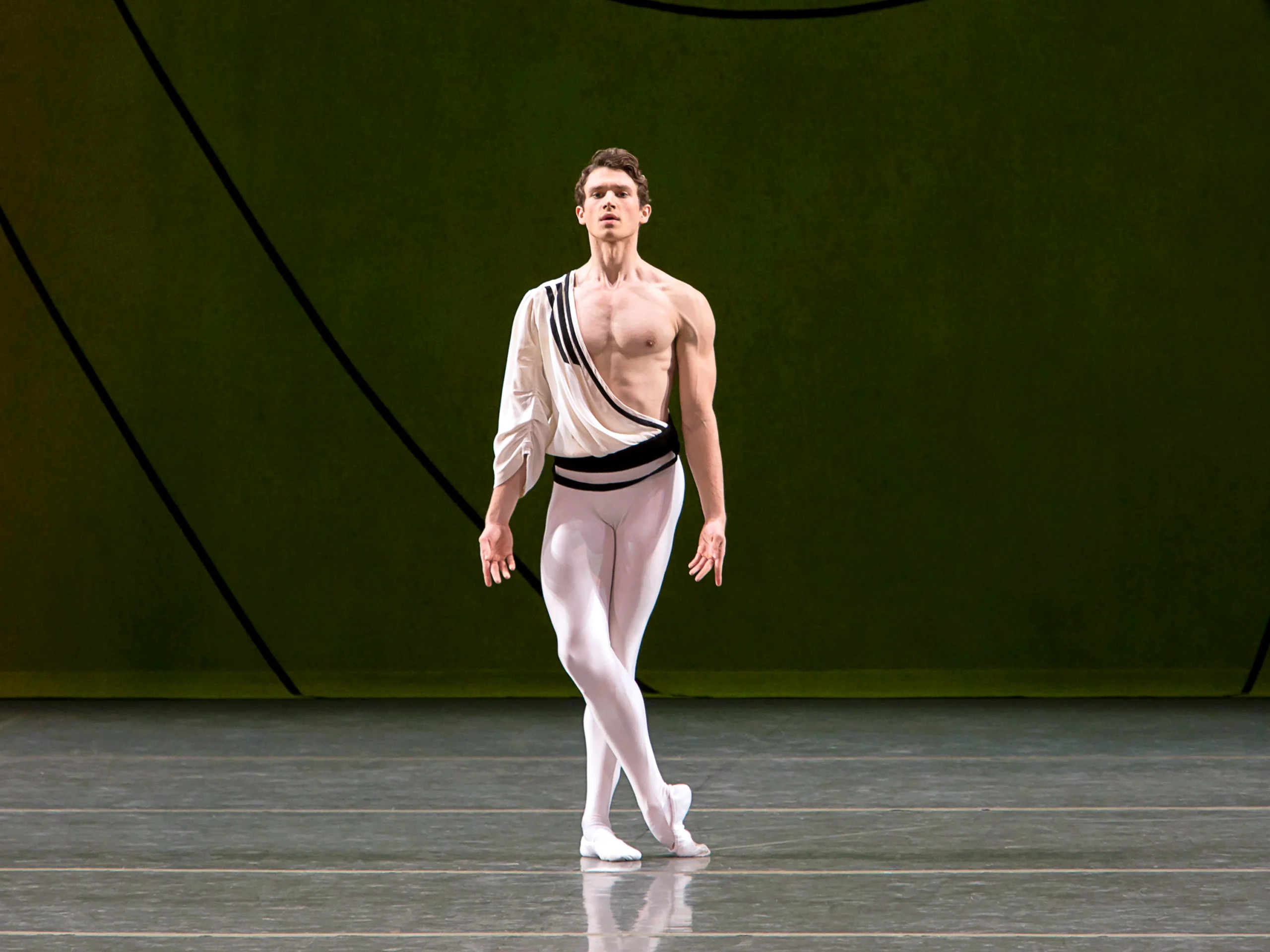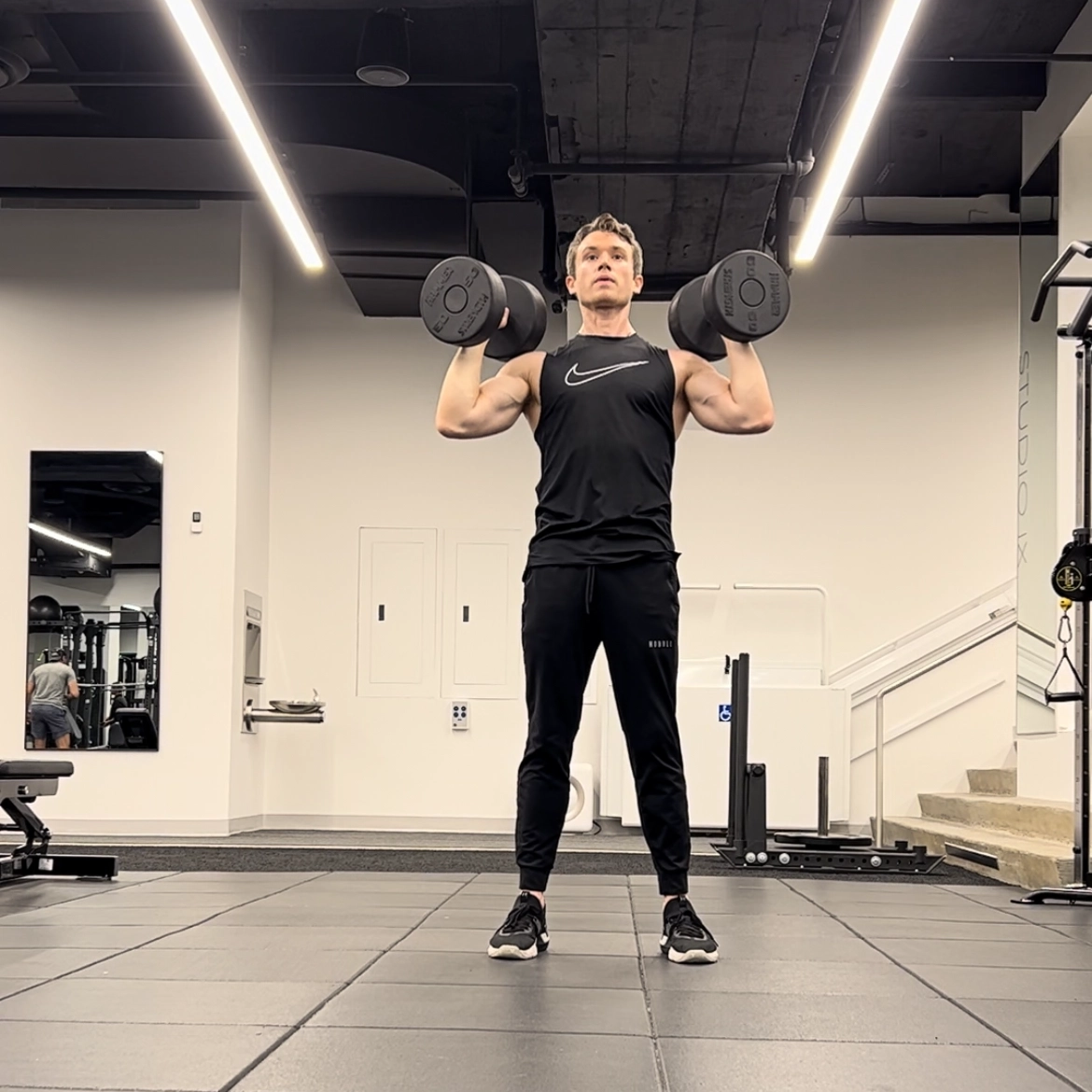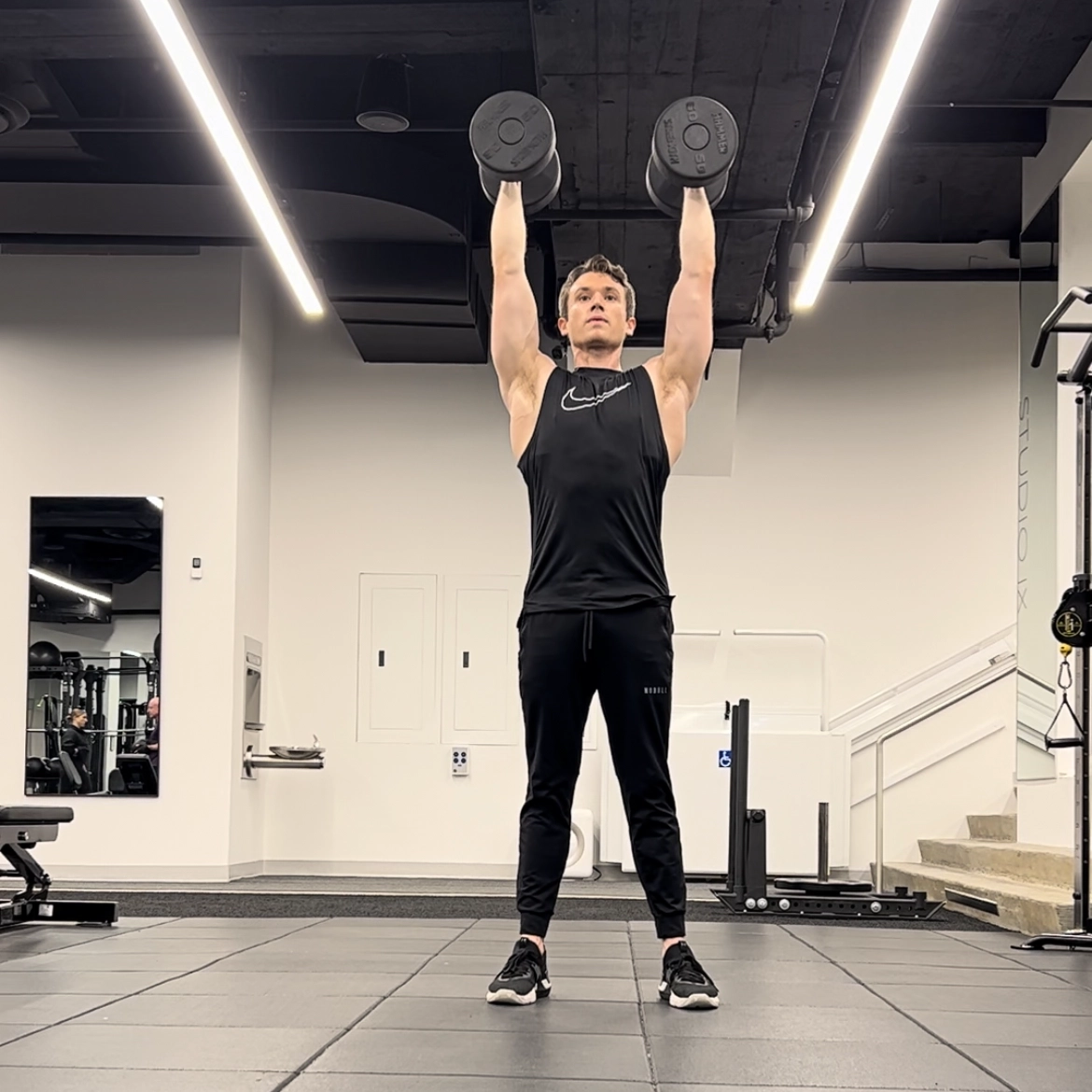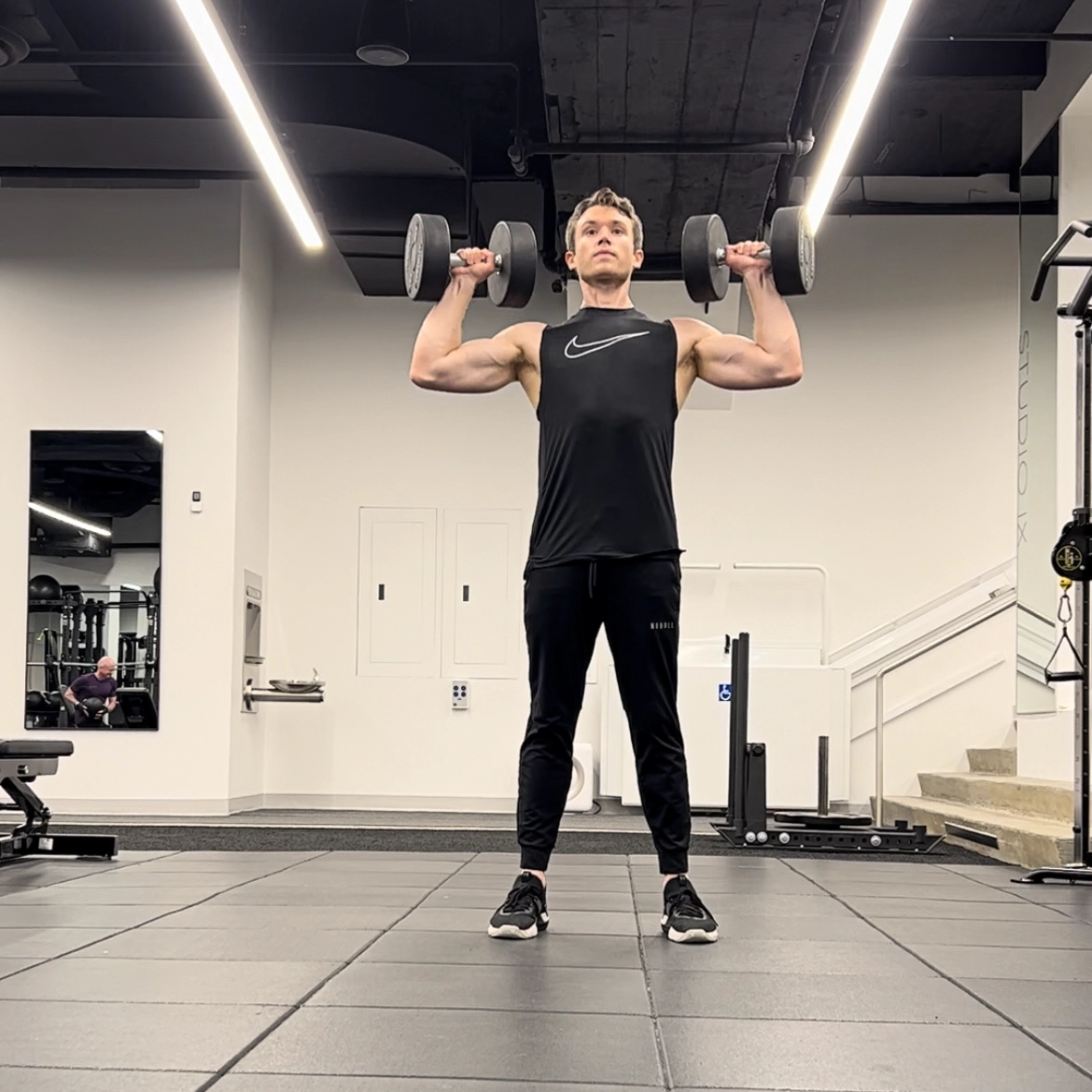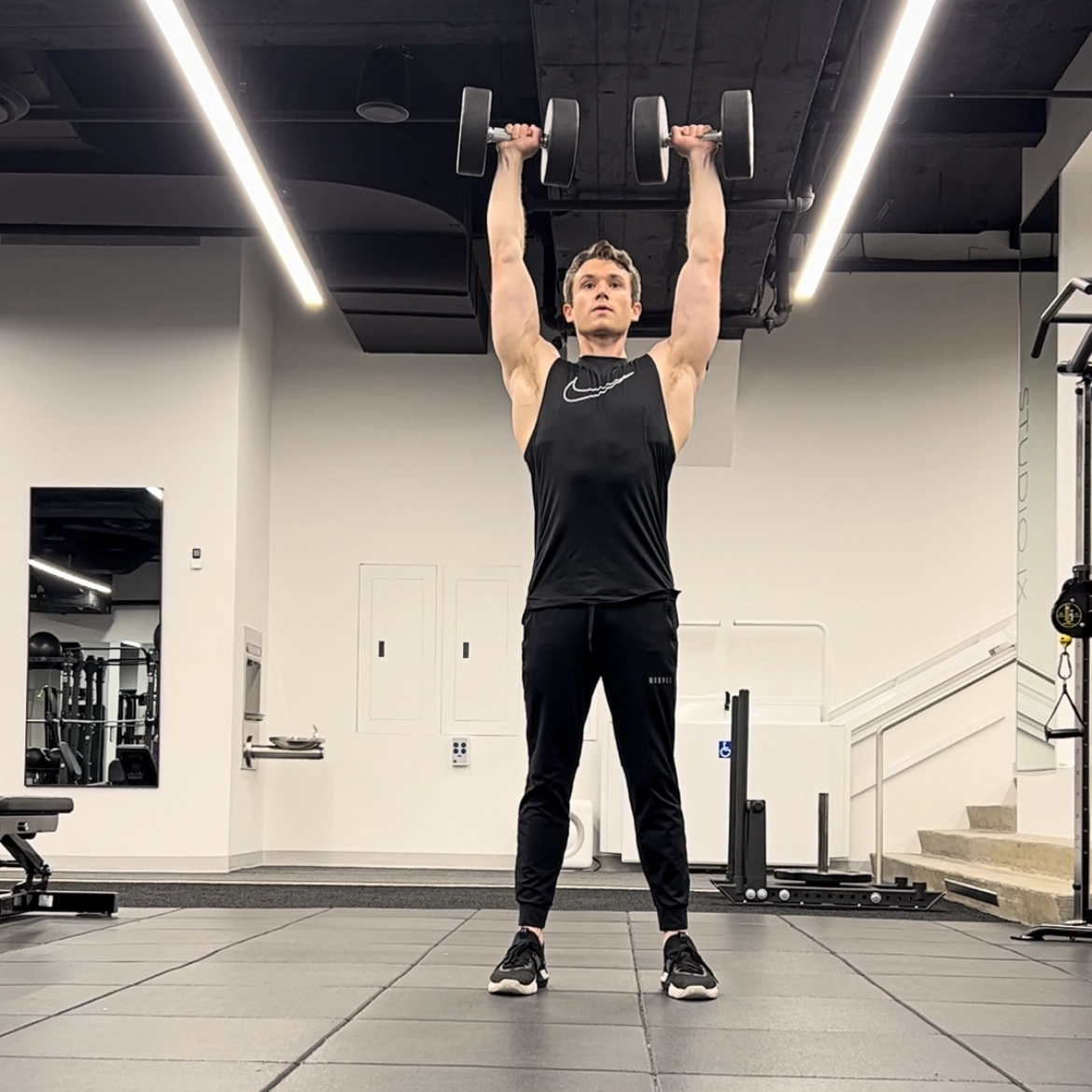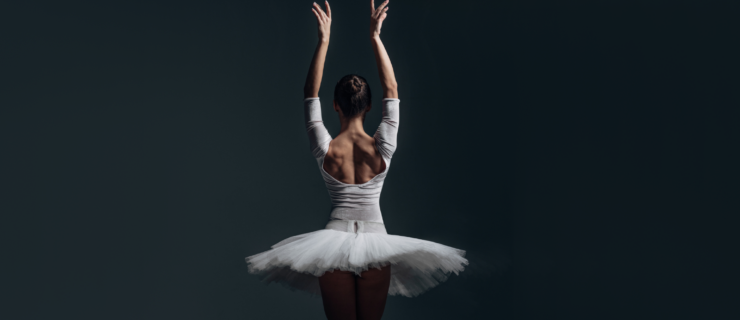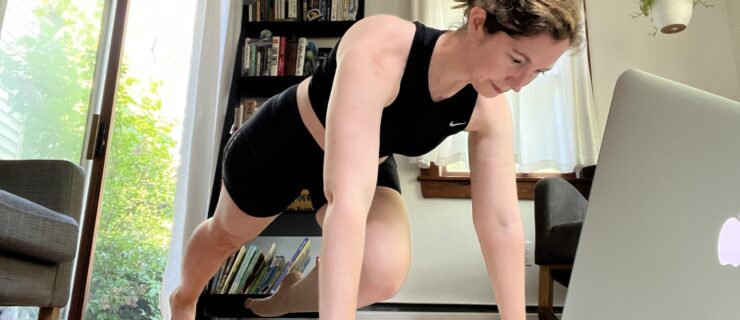For ABT’s Cameron McCune, Weight Training Helps Keep His Dancing and Partnering Strong
If you follow American Ballet Theatre’s Cameron McCune on social media, you’ve probably noticed that his workout videos are somewhat of a phenomenon. The corps member’s weight-training routine is not only impressive, it’s translated to better physical and mental strength in the studio and onstage. Recently, McCune has taken his passion for exercise to the next level by becoming a National Academy of Sports Medicine Certified Personal Trainer.
Weight-Training Wake-Up
McCune began weight training at the age of 15 after sustaining an injury, working with sports trainer Aaron Brown in his home state of North Carolina. What started as injury rehabilitation turned into injury-prevention workouts post-recovery, as well as a way for him to build functional strength for dancing. “I loved learning about the biomechanics behind exercise, and it inspired me to learn more about sports science,” he says.
Weekly Routine
Now, McCune trains once a week with dancer-turned-personal-trainer Joel Prouty in New York City at Studio IX. He also cross-trains three to five times a week at ABT’s in-house facility. “Regardless of my schedule, I try to do a variety of weight-training exercises such as overhead pressing, bench pressing, and barbell squatting,” says McCune. “I also do body weight or calisthenics-type movements like push-ups, pull-ups, squats, lunges, or ab exercises.”
McCune keeps his workouts fairly fast-paced to “create a higher intensity that mimics class, rehearsals, and performances.” To achieve this, he’ll do multiple super-sets (two exercises back to back), or tri-sets (three exercises back to back). He typically does around 10 repetitions of each exercise for three to five rounds, with up to a three-minute rest between each set depending on what muscle groups he is working. McCune will sometimes utilize different rep ranges—as many as 15 or as few as five—depending on how he’s feeling or what he needs.
Mental Fitness
While weight training can certainly increase a dancer’s physical capabilities, McCune says there’s also a big mental benefit. “Bodily strength is a powerful feeling, but there’s also a great psychological impact that comes from knowing that when you are going for that jump or turn, or about to dance a demanding cardiovascular-type of piece, your body is capable of handling it,” says McCune.
Intuitive Eating
To keep his body nourished, McCune goes for whole foods with minimal ingredients, including lots of fruits, veggies, and nuts, plus he drinks plenty of water. For bigger meals, McCune eats lean meats and healthy fats, like salmon, with complex carbohydrates such as sweet potatoes, rice, or quinoa. “I eat intuitively, so if I’m hungry, I try to stay fueled with a good balance of protein, fats, and carbohydrates. I try not to exclude anything,” he says.
The Great Outdoors
When he’s not dancing or working out, McCune takes advantage of the outdoors. “I realized how easy it is to get to upstate New York [from Manhattan], so I like to go on a hike to get a good mental break from city life,” he says. He has also been getting into indoor bouldering (climbing without a rope or harness on lower climbing walls), which helps with developing finger and hand strength for partnering.
How-To Exercise: Overhead Shoulder Press
McCune says that overhead press exercises can be particularly helpful for partnering. “It’s good to build shoulder strength in the standing position and learn how to engage the core properly while there is an additional load above your head,” McCune says.
This exercise can be done with dumbbells or a barbell. The bar itself typically weighs 45 pounds, so if you need to start with a lighter weight, dumbbells can be a better option. McCune also notes that dumbbells can create more “instability” compared to a barbell, which can be great for building upper-body strength since there is an instability factor when lifting another dancer. (Use caution, however, when beginning this exercise—only use weights that are comfortable for you to lift.)
- Stand with feet shoulder-width apart and toes pointed forward. Your hips, knees, and ankles should all be in alignment and also point forward.
- Holding dumbbells or barbell at shoulder height, press the weights above your head in one count (keeping your shoulders down). Slowly lower in 2–4 counts.
- Complete 2–3 sets (if you are a beginner) of 10 repetitions each, or 3–5 sets for a more advanced exercise.
Important safety precautions:
- If you’ve never lifted dumbbells or barbells before, ask for someone to spot you through the exercise.
- Make sure wrists are in a neutral position and not stretched backwards or in any other direction.
- Prevent excessive arching in the lower back by keeping your abdominals engaged.
- If you are unable to lower the weights with control, this is an indication that you need lighter dumbbells.
